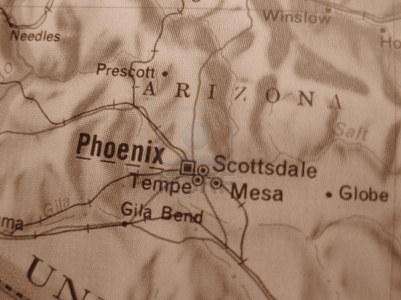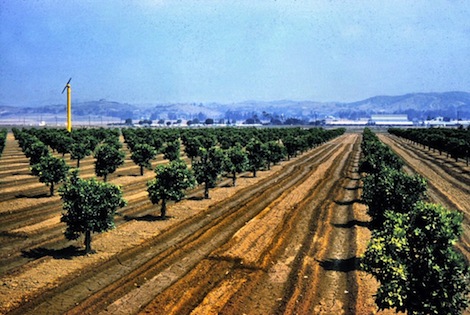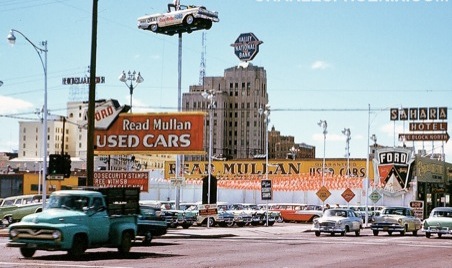
Phoenix native since the 1930’s, Marjorie Suggs speaks of what has changed—and stayed—in the Valley as we celebrate the state’s centennial year.

With the Great Depression at full force and before air-conditioning changed the lifestyle of Valley dwellers, Marjorie Suggs, a Phoenix local since 1932, reminisces of the changes the capitol city has undergone as Arizona celebrates its bicentennial.
“I had just graduated from high school and came to Prescott to spend the summer,” Suggs says. “My family and I were there to be with my oldest brother who was there for his health.” Suggs was just shy of turning 17 years old before leaving her home state of Alabama for the dry weather of Arizona. Her intention of staying in Arizona only expanded to the end of the summer, but with her family’s decision for one member to stay with her brother, she opted to stay longer. “I would be starting Phoenix junior college (now known as Phoenix College) instead of the school I was intending to go to back in Alabama,” Suggs recalled. Although she was not accustomed to many aspects of Valley life, such as the bare mountain scenery, after a few months, Suggs listed Arizona as her new home. “I was becoming very much a Phoenician without realizing it.”
In 1934, Suggs married and settled into the Valley, where she still resides. She has an atlas from the year she moved to Phoenix and notes the population, “about 48,500 at that time,” she says.
Some of her first memories of Phoenix were the many places to dance. “You could dance for $.10 a dance or your date could buy you an evening ticket for $1 and you could dance all evening,” Suggs says. “One dance place was called the ‘Citrus Grove’ and it was an outdoor sort-of place in the orange grove.”

She mentions the surge in population during World War II and after the invention of air-conditioning. “There were training fields all around Phoenix. Glendale had Thunderbird Field, which turned into a school and we had a field in Mesa where the Air Force trained,” Suggs says. “There were just all types of uniforms down town, even British uniforms, and planes overhead all the time.”
Before air-conditioning, many people would sleep outside, and never feared of burglary or trespassing. “I never remember anything bad happening to anybody,” Suggs recalled. “Now, we’re behind walls and gates and don’t have a freer feel about it in that respect.” She tells a story of driving between the alfalfa fields in south Phoenix to produce a “natural cooling” sensation in the warmer months.
But few things have always stayed the same in the culture surrounding the Valley. “As I looked back on it and have noticed through the years, I think it’s something that still applies, when you come here not knowing people, you’re accepted right away,” Suggs remembers from experience. “I think it’s because so many people here have come from other places. It’s a very easy city to move into, and I think that’s still true. There are people here from everywhere.”